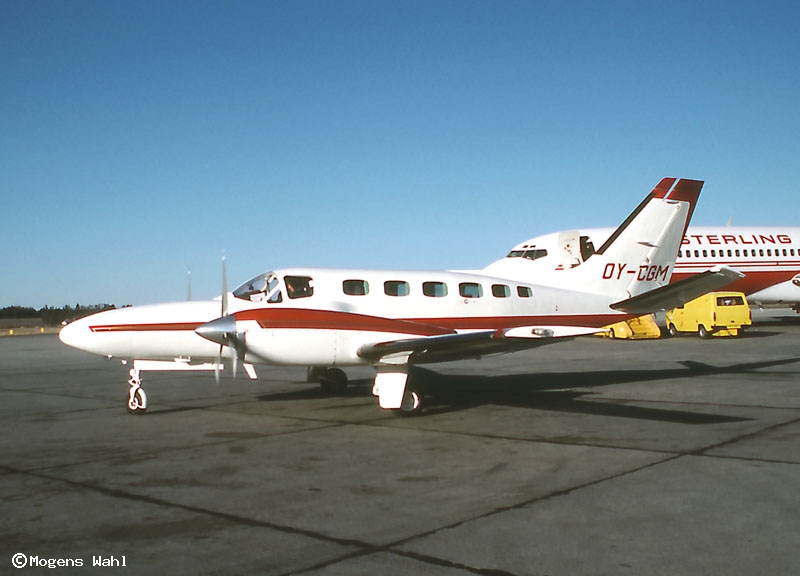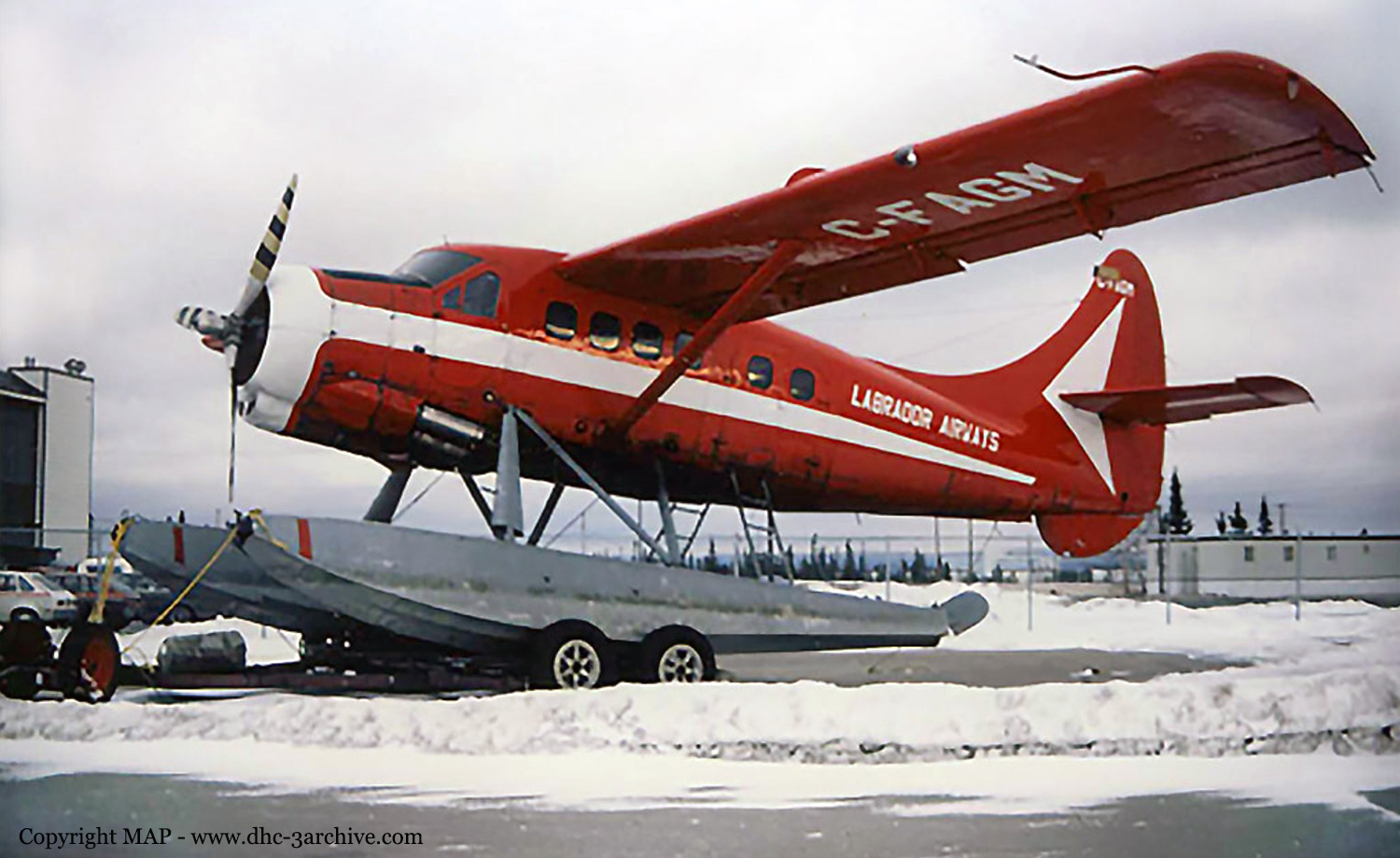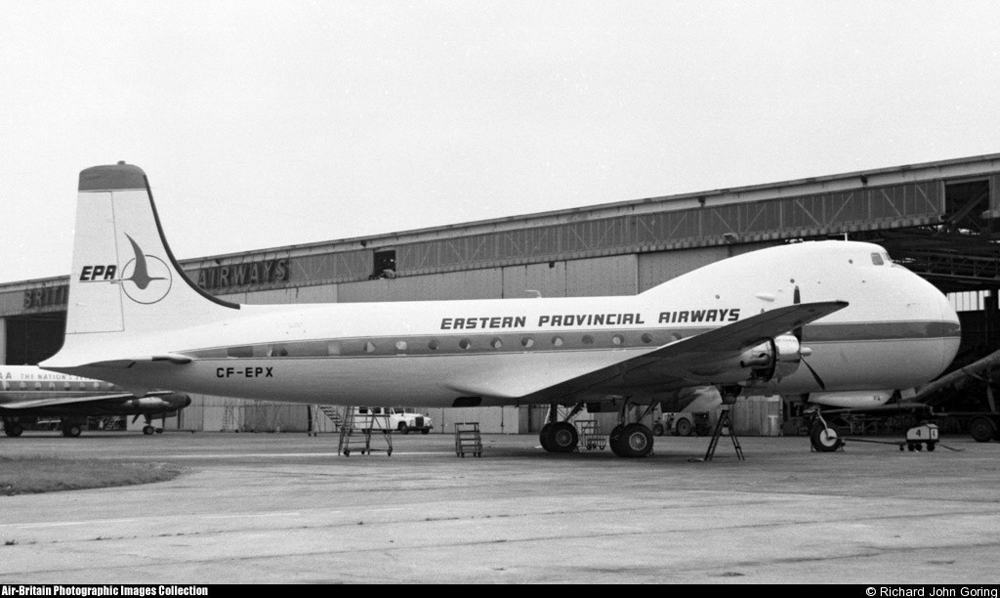Crash of an Embraer EMB-110P1 Bandeirante near Narsarsuaq
Date & Time:
Oct 8, 1991
Registration:
N731A
Survivors:
Yes
Schedule:
Springfield - Goose Bay - Narsarsuaq - Southend
MSN:
110-275
YOM:
1980
Crew on board:
3
Crew fatalities:
Pax on board:
0
Pax fatalities:
Other fatalities:
Total fatalities:
0
Circumstances:
Icing conditions forced the crew to descend from 9,000 feet to get below the clouds. The twin engine aircraft struck an ice sheet at a speed of 180 knots at a height of 5,125 feet. Cloud base was reported to be 3,000 feet with a wind at 7 knots from 7° and 10 km visibility in moderate rain. All three crew members survived the accident and were picked up by the Danish Navy in a Lynx helicopter. The departure airport of the ferry flight was Springfield Airport, MO (SGF) and the final destination was going to be Southend Municipal Airport (SEN), UK.










